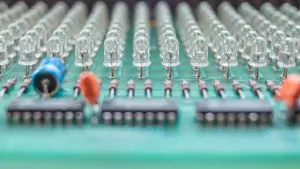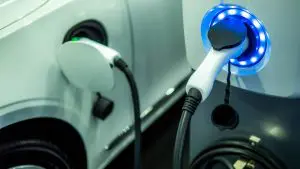Reprinted from the June, 2014 Issue ACTIVE LEDs in a consumer TV product are boosted and dimmed with the video picture content. Boosting and dimming of LEDs is a powerful means to improve visual experience, either through the application of active LEDs in an ambient light feature or through dimming and boosting of the display LEDs in a direct-lit video display. Active … [Read more...]
Keeping Cool as the Electric Vehicle Market Heats Up
Some of the biggest hurdles to widespread adoption of electric vehicles are range anxiety, battery longevity, and safety. As the electric vehicle market grows and for it to reach its full potential, there is an increased need for effective thermal management of the vehicles. Keeping heat under control leads to improved charging, performance, range, longevity, and safety. The … [Read more...]
What Does the Future of Wireless Charging Technology Look Like?
By: Hrishikesh Kadam, Research Content Developer at Global Market Insights (GMI) The world is rapidly going wireless. Within a span of a few decades, phones and internet became wireless, and now charging has become wireless. Even though wireless charging is still pretty much in its early stages, the technology is anticipated to evolve dramatically over the next few … [Read more...]
Current Trends in Flexible Graphite for Cooling Advanced Consumer Electronics
Abstract As we entered the current century, consumer electronics were primarily cooled using aluminum. Over the last 15 years, flexible graphite heat spreaders have largely replaced aluminum for thermal management in many advanced consumer electronics devices where properties of being thin or lightweight are desired. There are two types of flexible graphite, natural and … [Read more...]
Three Reasons to Add Thermal Simulation to your Circuit Design Workflow
As wireless devices increase in complexity, the challenges around maintaining temperature control continue to mount. As smartphones, for example, require more and more transistors to fit into smaller spaces, there’s simply not as much space for the heat to dissipate. Wireless designers are tasked with finding new ways to keep these devices from overheating without … [Read more...]
- « Previous Page
- 1
- …
- 40
- 41
- 42
- 43
- 44
- …
- 356
- Next Page »








